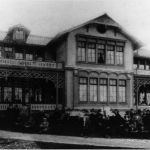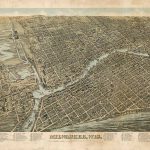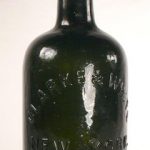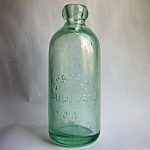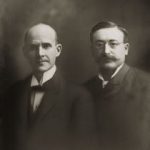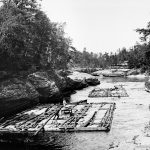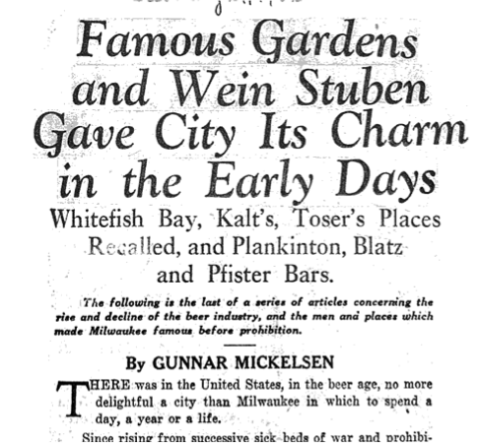
When the prohibition of alcohol began in 1920, the law brought huge social and economic effects to Wisconsin. Visitors enjoyed coming to Milwaukee because of the many brewery-related social events and institutions, including the Whitefish Bay Pabst Resort. Against the wishes of Milwaukee residents, prohibition forced these resorts and many other social functions in Milwaukee to close. In fact, Milwaukeeans viewed the disappearance of the Whitefish Bay Pabst Resort as one of prohibition’s evils that destroyed “one of the most delightful recreational spots in the world.”
Prohibition also had a large economic impact on Milwaukee. Before prohibition, Milwaukee had over 100 breweries; however, in 1933, when the prohibition amendment was repealed, only 9 breweries survived in Milwaukee. The breweries that remained had to change their manufacturing to produce something other than alcohol. While some breweries started to make ice cream and cheese, most breweries began to make soda. Miller and Schlitz, two of the few Milwaukee breweries that outlived prohibition, stayed in business because they converted their alcohol beverage production into soda beverage production.
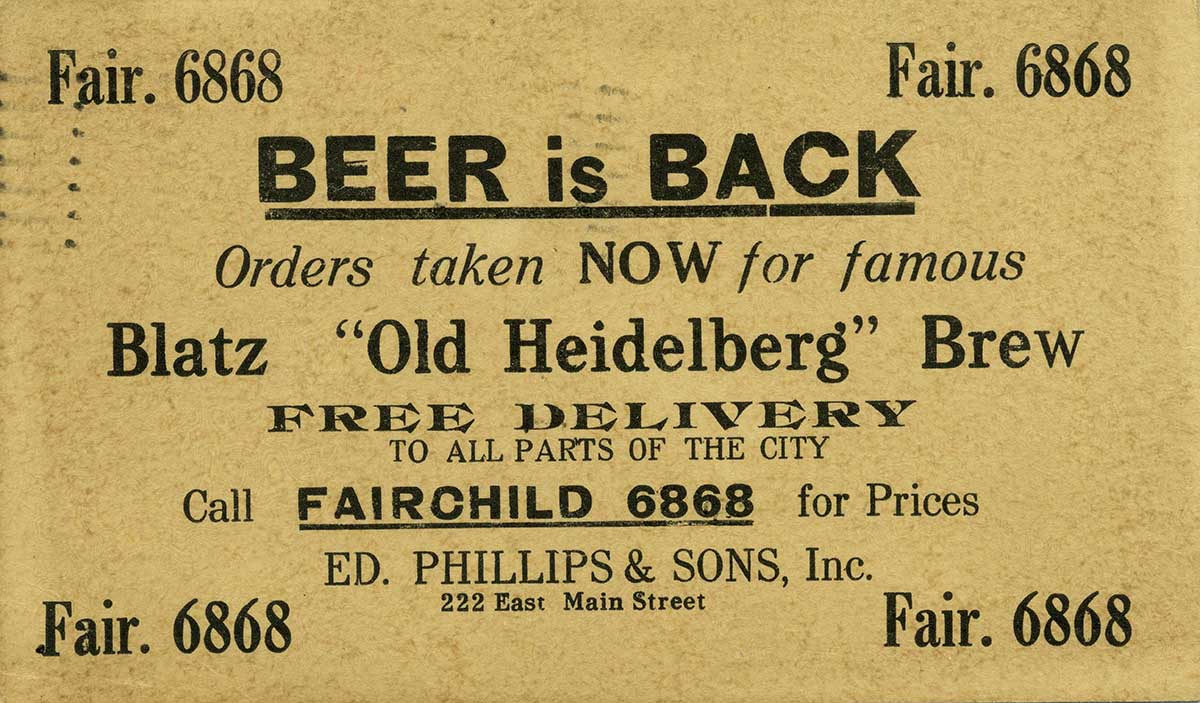
Some breweries resorted to illegal actions to continue selling alcohol through the underground market. In Wisconsin, breweries found that they could sell beer in soda bottles. In Lake Delevan, Wisconsin, a local hotel illegally sold Edelweiss beer and “straight whiskey highballs” in soda bottles. Also, some towns in northern Wisconsin, including Dawson City, Cripple Creek, and El Durango, used soda fountains to dispense beer instead of soda.
Soda played an important role during prohibition in Wisconsin. Breweries sold soda to stay in business during prohibition, and some breweries used soda bottles to sell illegal alcohol. Soda became the new social beverage in Wisconsin and helped prevent Wisconsin’s economic collapse from a decrease in alcohol profits.
Written by Kelsey Corrigan in October 2014.
SOURCES
“Beer Back After 13 Years,” The Milwaukee Sentinel. April 7, 1933.
Buckley, Frank. Prohibition Survey of Wisconsin. Washington D.C.: Bureau of Prohibition, 1929.
“Famous Gardens and Wein Stuben Gave City its Charm in the Early Days,” The Milwaukee Sentinel. February 21, 1932.
Fehring, Thomas. Chronicles of Whitefish Bay, Wisconsin. South Carolina: The History Press, 2013.
Fehring, Thomas. Whitefish Bay. South Carolina: Arcadia Publishing, 2010.
Frank, Thomas. History of Milwaukee, Wisconsin. Chicago: The Western Historical Company, 1891.
“Milwaukee Beer Barons,” The Milwaukee Sentinel. July 31, 1892.
Nagle, Madeline. “Ferdie Grams Polices Park Once Farmed by Grandfather Grams,” Whitefish Bay Herald. August 8, 1947.
Pabst Brewing Company. The Great Pabst Brewery Milwaukee. Milwaukee: Pabst Brewing Company, 1907.
“Schiltz Garden Enters History,” The Milwaukee Journal. March 6, 1921.
“Selected Anti-Saloon League of Wisconsin Records,” Wisconsin Anti-Saloon League. June 23, 1917.
Stevens, Shirley. “A Taste of History,” Whitefish Bay Herald. January 24, 1985.
Sussex Area Historical Society. “Joseph Schlitz Brewing Company: A Chronological History.” Accessed March 27, 2014. http://www.slahs.org/schlitz/history2.htm.
U.S. Constitution. Amendment 18. Section 1.
Widen, Larry. Entertainment in Early Milwaukee. Chicago: Arcadia Publishing, 2007.
“Wisconsin is Going Dry,” Forward Press Free Literature Distribution. July 1, 1918.
Object story created October 2014.
